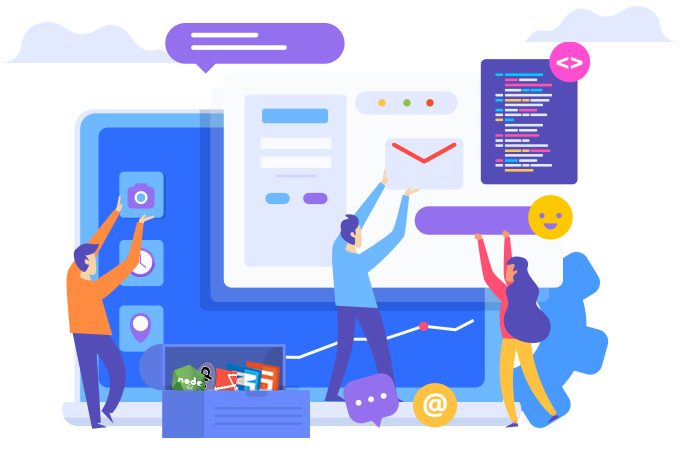"Windows Forms (WinForms) is a mature and reliable GUI framework from Microsoft used for building fast, interactive, and feature-rich desktop applications on the Windows platform. With its drag-and-drop designer and a wide range of built-in controls, WinForms enables developers to create professional, user-friendly, and visually appealing applications with ease. Ideal for enterprise software and standalone tools, WinForms offers the stability, flexibility, and productivity needed to deliver powerful Windows desktop solutions."
Unveiling Windows Forms Advantages:
- Rapid Development :
Windows Forms provides a drag-and-drop visual designer in Visual Studio, enabling rapid prototyping and development of user interfaces.
- Event-driven Programming Model :
Windows Forms follows an event-driven programming model, allowing developers to respond to user actions and system events easily, enhancing interactivity and responsiveness of applications.
- Integration with .NET Framework :
Being part of the .NET Framework, Windows Forms seamlessly integrates with other .NET technologies, such as ASP.NET for web development and WPF for more advanced UI requirements.


- Cross-Version Compatibility :
Windows Forms applications developed on one version of the .NET Framework are compatible with newer versions, ensuring forward compatibility and reducing maintenance efforts.
- Wide Adoption and Support :
Windows Forms has been widely adopted by developers and has a large community of users and contributors, providing ample resources, tutorials, and third-party controls for support and extension.
- Easy Learning Curve :
With its simple drag-and-drop designer and event-driven programming model, Windows Forms is easy for developers to learn and adopt, allowing faster onboarding of new team members and quicker desktop application development.